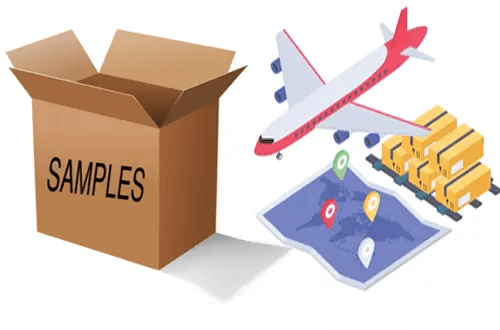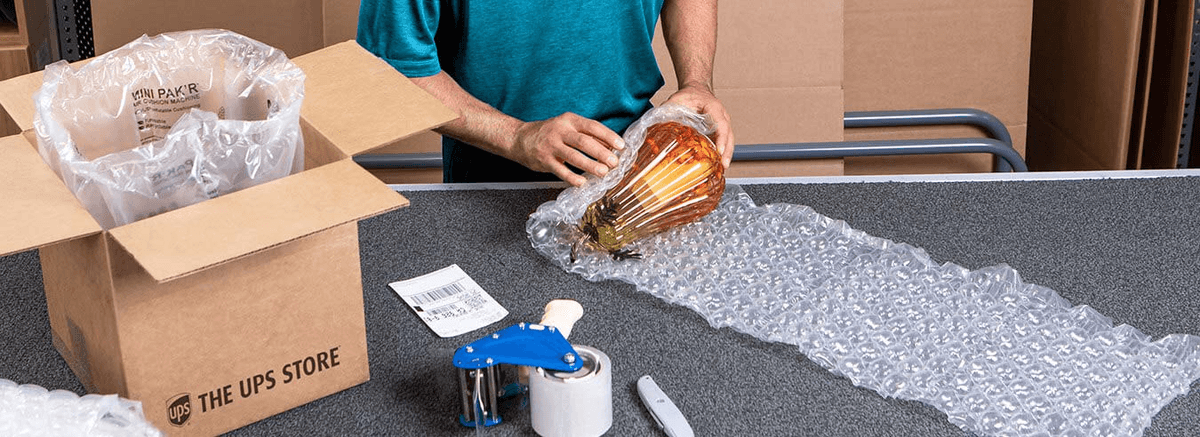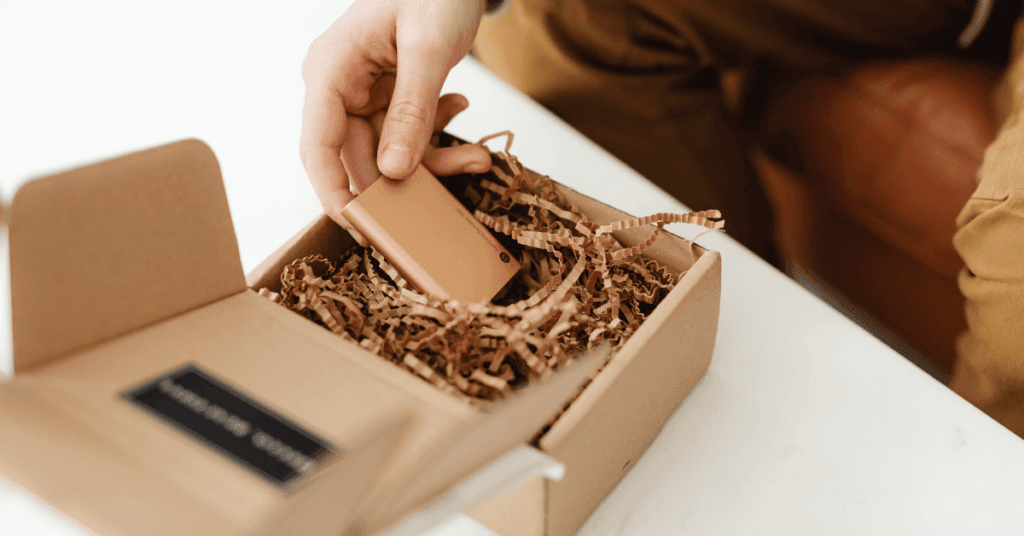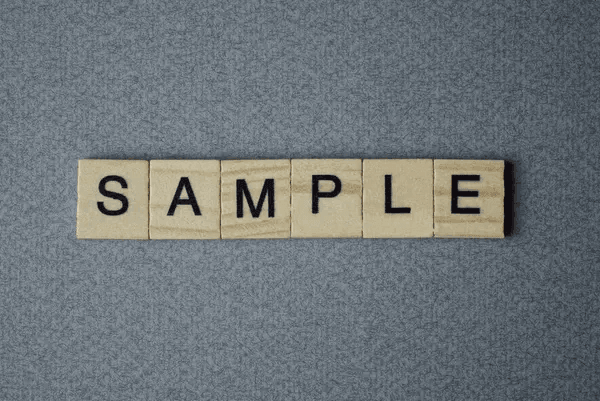Why Your Product Sample Could Be Lying to You (And It's Not Even Sorry About It)
Imagine investing thousands of dollars in a product, only to receive a shipment that looks nothing like the perfect sample you approved. It's like going on three great dates with someone, deciding to get married, and then discovering on your honeymoon that they're actually a completely different person who doesn't even speak your language. This nightmare scenario happens more often than you'd think in the world of international importing, where the gap between expectation and reality can be wider than your profit margins.

The Sample Illusion: What They Don't Tell You (But We Will, With Brutal Honesty)
In 2025, the global supply chain is more complex than ever. Product samples are no longer just a simple preview—they're a strategic chess game where manufacturers might be playing you like a particularly gullible pawn. That perfect sample might be the manufacturing equivalent of an Instagram photo: filtered, touched up, and bearing only a passing resemblance to reality.
5 Critical Insights About Product Samples (Or: How to Detect When You're Being Played)
1. The Quality Chameleon (It Changes Colors Faster Than Your Face When You See The Final Shipment)
- Samples can be meticulously crafted to win your trust, much like how restaurants put all their effort into food photography that makes their $8.99 special look like a Michelin-star creation
- Often hand-made with premium materials by the factory's best worker (who is promptly sent on vacation when actual production begins)
- May not represent actual mass-production quality, which will be made by workers who haven't been told this is a "special order that the boss is watching"
- The sample is to mass production what the display burger is to the sad, squashed thing you actually receive at the drive-thru
2. Digital Age Deception (Because Lying Is Now High-Tech)
- Some factories use high-end 3D rendering and AI-enhanced samples that look more perfect than reality ever could
- Virtual samples can look flawless but diverge significantly from reality, like dating profile pictures from 15 years and 30 pounds ago
- Always demand physical samples in the age of digital manipulation, because "seeing is believing" (though as we'll discuss, even seeing shouldn't lead to too much believing)
- Remember: In the metaverse, everyone's product quality is perfect. In reality, not so much.

3. Manufacturing Variability in 2025 (Or: Why "Identical" Products Aren't)
- Supply chain disruptions continue to impact production consistency, meaning your products might contain whatever materials happened to be available that day
- Raw material shortages can force unexpected substitutions ("We ran out of stainless steel, but this shiny aluminum spray-painted silver looks almost the same!")
- Automated manufacturing introduces new quality variables ("The robot was having a bad day" is now an actual excuse)
- What starts as "medical-grade silicone" in the sample can mysteriously transform into "something silicone-adjacent" in production
4. Technological Quality Control (Fighting Fire With Fire, Or Tech With Tech)
- Emerging AI and machine learning tools now help predict manufacturing discrepancies before they happen (finally, a use for AI beyond generating pictures of cats in Renaissance costumes)
- Blockchain-enabled tracking provides more transparency than factories are entirely comfortable with
- Real-time quality monitoring becomes increasingly sophisticated, making it harder for factories to pull the old "these are totally the materials you specified" routine
- Think of these tools as your manufacturing lie detectors—not foolproof, but better than trusting your gut feeling after a nice lunch with a supplier
5. Strategic Sample Evaluation (Or: Trust No One, Not Even The Sample)
- Request multiple samples from different production batches, because consistency is as rare as a factory tour without a "special lunch"
- Use advanced inspection technologies to look beyond what your eyes can see (that material might look like copper, but is it copper-plated plastic?)
- Invest in on-site quality control services, because nothing motivates quality like someone literally watching the production line
- Remember: One perfect sample is a marketing tool; multiple consistent samples might actually represent reality

Pro Tips for Sample Verification (Because Being Paranoid Is Just Good Business)
- Detailed Specifications: Create ultra-precise technical drawings that leave no room for "creative interpretation." If your spec sheet isn't longer than a fantasy novel, it's not detailed enough.
- Material Certification: Demand material origin and quality certificates, then verify them. "Trust but verify" is too trusting—try "doubt, then verify, then verify again."
- Independent Testing: Utilize third-party quality inspection services who have no reason to tell you what you want to hear (unlike your supplier, who has 50,000 reasons in the form of your order).
- Comparative Analysis: Compare samples across multiple potential manufacturers. If one sample is dramatically better than all others for a lower price, you're not getting a deal—you're getting a preview of disappointment.
The Future of Importing: Beyond Samples (Or: Advanced Trust Issues for the Modern Importer)
In 2025, successful importers don't just look at samples—they build comprehensive quality assurance ecosystems, because trust is nice but control is better. This means:
- Continuous supplier audits that are as thorough as IRS investigations
- Real-time production monitoring that makes your teenager's phone tracking app look unintrusive
- Advanced predictive quality algorithms that can tell you what will go wrong before it does
- Flexible supply chain strategies that account for the inevitability of things going sideways
Your Action Plan (Besides Developing Ulcers)
- Never take samples at face value—they're less "what you'll get" and more "what you could theoretically get if everything aligned perfectly and the factory really, really liked you"
- Invest in comprehensive quality verification as if your business depends on it (because it does)
- Build relationships with transparent manufacturers who don't seem offended when you want to verify everything they tell you
- Leverage technology for deeper insights into what's actually happening with your products when you're not looking (which is most of the time)

Disclaimer
Product samples are just one piece of the complex importing puzzle. They're like movie trailers—they show all the best parts and none of the disappointing middle section where you check your watch and wonder why you paid for this.
Stay informed, stay vigilant, and remember: in the world of importing, healthy skepticism isn't paranoia—it's a business strategy.
Ready to Transform Your Importing Strategy?
Contact Our ChinafulLink Expert Import Consultants, who have developed their trust issues through years of painful experience so you don't have to.